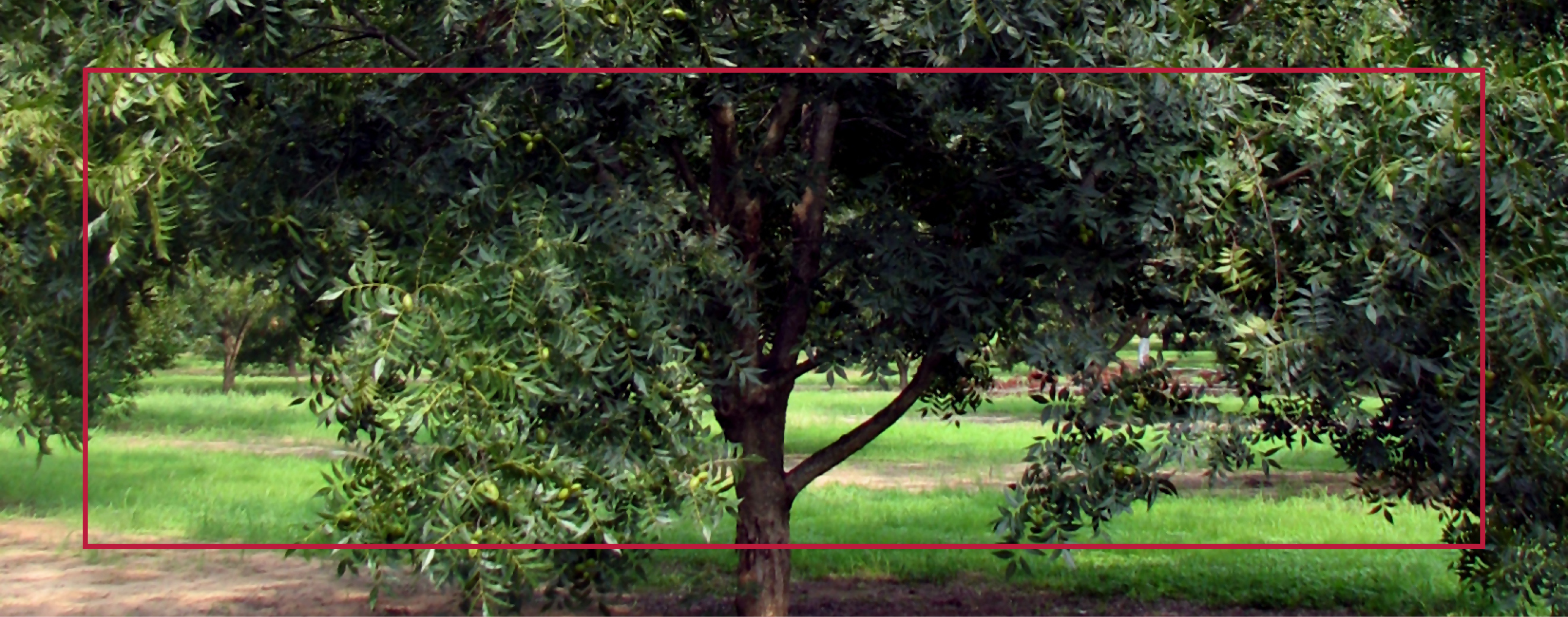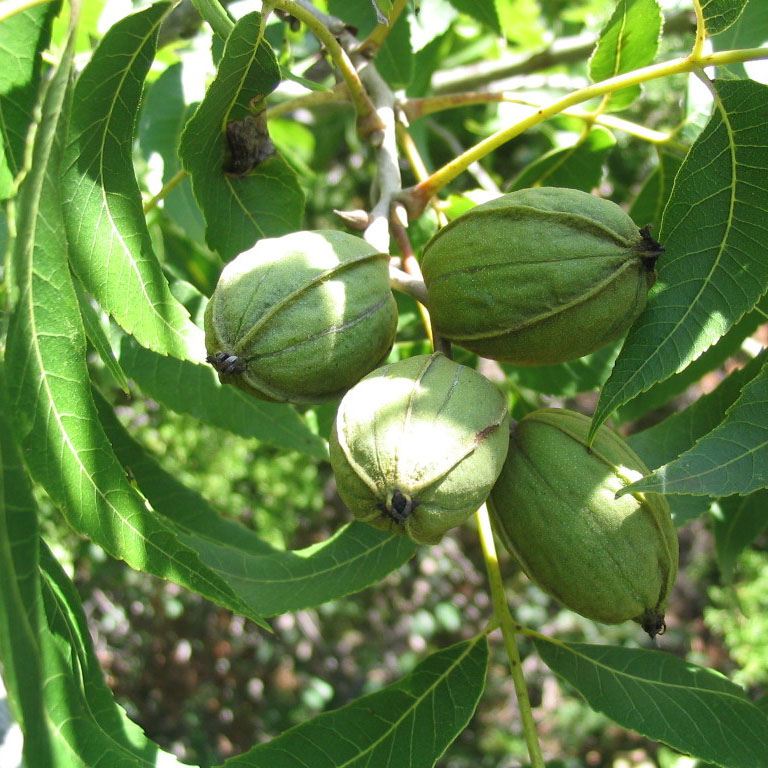Extension Publications for Pecans
Andrew Sawyer
http://extension.uga.edu/publications/detail.html?number=C1228
Marvin Wells
http://extension.uga.edu/publications/detail.html?number=B841
Marvin Wells
http://extension.uga.edu/publications/detail.html?number=C898
Marvin Wells
http://extension.uga.edu/publications/detail.html?number=B1360
Kerry Harrison
http://extension.uga.edu/publications/detail.html?number=B936
Marvin Wells
http://extension.uga.edu/publications/detail.html?number=B1327
Marvin Wells
http://extension.uga.edu/publications/detail.html?number=B1314
 Marvin Wells
http://extension.uga.edu/publications/detail.html?number=B1304
Marvin Wells
http://extension.uga.edu/publications/detail.html?number=B1348
Marvin Wells
http://extension.uga.edu/publications/detail.html?number=B1304
Marvin Wells
http://extension.uga.edu/publications/detail.html?number=B1348
 Marvin Wells
http://extension.uga.edu/publications/detail.html?number=B1376
Marvin Wells
http://extension.uga.edu/publications/detail.html?number=B1376
See More Publications
Insect Pests of Non-bearing Pecan Trees
(C 1228)
As Georgia's pecan production acreage has increased, reports of insect pests that attack younger, less established trees have also increased, particularly infestations by pecan bud moth and ambrosia beetles. This circular summarizes the pertinent insect pests that attack young, non-bearing pecan trees, including key details on their biology, injury, monitoring, and management. This information should be helpful to both new pecan growers and experienced growers with newly established orchards.
Commercial Pecan Spray Guide
(B 841)
This publication provides guidance for insect, disease, and weed control in commercial pecan orchards for 2024.
Pecan Varieties for Georgia Orchards
(C 898)
The most fundamental step in pecan production is the selection of varieties or cultivars to be planted in the orchard. Planting the wrong pecan variety can be a costly mistake, resulting in considerable expense. This publication includes descriptions and photos of pecan varieties suitable for planting in Georgia orchards.
Clover Management in Pecan Orchards
(B 1360)
An orchard floor provides a working surface for orchard operations and influences activities in the trees, which produce the crop. An efficient orchard floor cover does not compete heavily with trees for moisture and nutrients and is compatible with orchard insect populations. While weed competition with tree roots is significant throughout the life of the tree, in a newly planted orchard, weed competition can significantly reduce young tree survival and can stunt tree growth. Weed competition can reduce tree growth and yield, as well as promote alternate bearing in mature trees.
Drip Irrigation in Pecans
(B 936)
Research conducted on drip-irrigated pecans in Georgia over the past several years has shown that drip irrigation is highly beneficial even in wet years. The objective of drip irrigation is to supply each plant with sufficient soil moisture to meet transpiration demands. Drip irrigation offers unique agronomic, agrotechnical and economic advantages for the efficient use of water.
Southeastern Pecan Growers' Handbook
(B 1327)
Pecan production is considered by many who practice this endeavor to be as much an art as it is a science. Growers must integrate multiple disciplines in order to be successful. This book was created with the goal of being a comprehensive reference text for pecan growers, scientists, and county agents. It addresses pecan culture and management in the southeastern United States. For more information, visit https://pecans.uga.edu/

Establishing a Pecan Orchard
(B 1314)
A well-planned, organized orchard will be more efficient, require less input and offer larger potential returns. Select the orchard location based on its soil type, drainage, water table and land topography. Straight rows in planted orchards make maintenance, irrigation and harvest easier. Tree growth and spacing requirements can also be anticipated for the early planting and subsequent orchard thinnings.
Cultural Management of Commercial Pecan Orchards
(B 1304)
In order for a commercial pecan operation to be consistently successful, the goal of the operation should be annual production of a moderate crop of high quality nuts, rather than the production of a high yield in a single given year. Culturally, there are several basic factors that will help to promote optimum profitability with a commercial pecan orchard.

Pecan Trees for the Home or Backyard Orchard
(B 1348)
Pecan trees are commonly found surrounding both urban and rural dwellings throughout Georgia. They can enhance the environment and provide additional income from the sale of nuts. This publication contains comprehensive information about pecan trees for the home or backyard orchard.
Budding and Grafting of Pecan
(B 1376)
Individuals who propagate trees have their own personal preferences with regard to propagation methods. As with many practices related to pecan production, timing is important for successful propagation.
